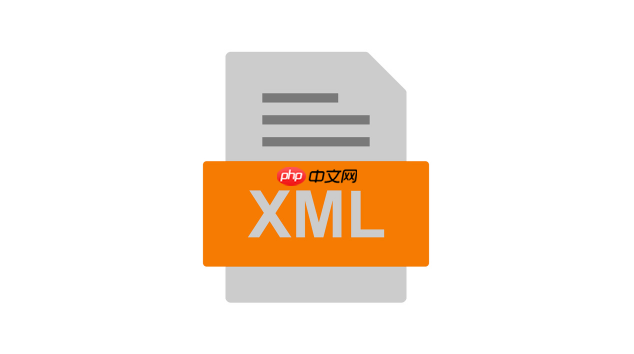XML布局文件用于定义Android界面结构,位于res/layout目录下,通过根元素声明命名空间,常用LinearLayout和ConstraintLayout等容器组织控件;其中TextView、Button、EditText等组件通过android:id、android:text、android:hint等属性设置行为与外观,推荐使用ConstraintLayout实现复杂布局,通过app:layout_constraint属性约束控件位置,最后在Activity中调用setContentView加载布局。

在Android开发中,XML布局文件用于定义应用界面的结构和外观。它把界面设计与Java/Kotlin代码分离,让开发者更方便地管理UI。下面是一个简单明了的入门教程,帮助你快速掌握如何编写Android的XML布局文件。
1. XML布局文件的基本结构
每个Android项目都有一个res/layout目录,存放所有的XML布局文件。新建一个Activity时,通常会自动生成一个对应的XML文件,比如activity_main.xml。
基本结构如下:
<?xml version="1.0" encoding="utf-8"?>
<LinearLayout xmlns:android="http://schemas.android.com/apk/res/android"
android:layout_width="match_parent"
android:layout_height="match_parent"
android:orientation="vertical">
<TextView
android:layout_width="wrap_content"
android:layout_height="wrap_content"
android:text="Hello World!" />
</LinearLayout>
说明:
-
xmlns:android:声明命名空间,必须写在根布局中。
-
android:layout_width / layout_height:设置控件宽高,常用值有match_parent(填满父容器)和wrap_content(包裹内容)。
-
TextView 是一个显示文字的控件,通过android:text设置文本内容。
2. 常见布局容器类型
Android提供多种布局方式来组织界面元素,常用的有以下几种:
-
LinearLayout:线性布局,组件按水平或垂直方向排列,通过android:orientation="horizontal|vertical"控制方向。
-
ConstraintLayout:约束布局,灵活且性能好,适合复杂界面。通过约束关系定位控件位置。
-
RelativeLayout:相对布局,子控件相对于父容器或其他控件定位。
-
FrameLayout:帧布局,多用于叠加控件,如Fragment容器。
-
GridLayout:网格布局,将界面划分为行和列。
推荐新手从ConstraintLayout开始,它是官方主推的布局方式。
3. 添加常用控件
在布局中可以添加各种UI组件,例如:
<Button
android:id="@+id/btn_submit"
android:layout_width="wrap_content"
android:layout_height="wrap_content"
android:text="提交" />
<EditText
android:id="@+id/et_name"
android:layout_width="match_parent"
android:layout_height="wrap_content"
android:hint="请输入姓名" />
关键属性说明:
-
android:id:为控件设置唯一ID,以便在Kotlin/Java代码中引用,如findViewById(R.id.btn_submit)。
-
android:hint:输入框提示文字,用户输入后消失。
-
android:textSize、android:textColor等可进一步美化显示效果。
4. 使用约束布局(ConstraintLayout)示例
这是目前最推荐的布局方式。示例代码:
<androidx.constraintlayout.widget.ConstraintLayout
xmlns:android="http://schemas.android.com/apk/res/android"
xmlns:app="http://schemas.android.com/apk/res-auto"
android:layout_width="match_parent"
android:layout_height="match_parent">
<TextView
android:id="@+id/textView"
android:layout_width="wrap_content"
android:layout_height="wrap_content"
android:text="居中文字"
app:layout_constraintBottom_toBottomOf="parent"
app:layout_constraintEnd_toEndOf="parent"
app:layout_constraintStart_toStartOf="parent"
app:layout_constraintTop_toTopOf="parent" />
</androidx.constraintlayout.widget.ConstraintLayout>
注意:使用app:layout_constraintXXX属性来设定控件与父容器或其他控件的约束关系,实现精准定位。
基本上就这些。写好XML后,在Activity中用setContentView(R.layout.activity_main)加载即可显示界面。多练习几个例子,你会很快上手。不复杂但容易忽略细节,比如忘记加命名空间或拼错属性名。
以上就是安卓xml布局文件怎么写 Android开发xml入门教程的详细内容,更多请关注php中文网其它相关文章!


